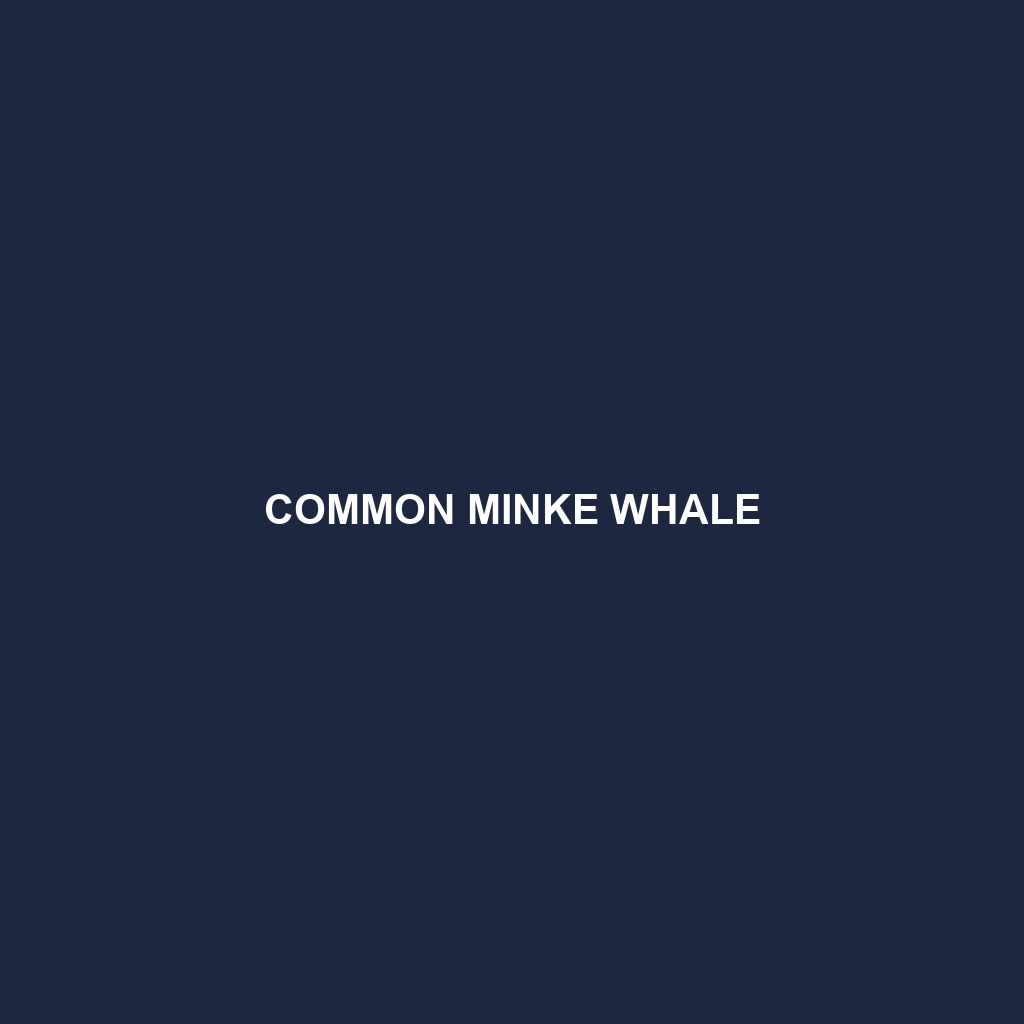North Pacific Right Whale
Common Name: North Pacific Right Whale
Scientific Name: Eubalaena japonica
Habitat
The North Pacific Right Whale primarily inhabits the temperate and subarctic waters of the North Pacific Ocean. They are often found in areas such as the Bering Sea and the Gulf of Alaska. Their preferred habitats include coastal regions and deep offshore waters, where they rely on nutrient-rich waters to thrive.
Physical Characteristics
North Pacific Right Whales are large mammals, typically reaching lengths of 45 to 55 feet (14 to 17 meters) and weighing up to 70 tons. They have a distinctive robust body shape with a broad head and a unique bow-like appearance. These whales are mostly dark gray to black in coloration, with lighter patches on their heads and bodies. Their baleen plates can be up to 8 feet long, important for their filter-feeding habits.
Behavior
North Pacific Right Whales exhibit relatively slow and gentle movements, often seen floating on the water’s surface. They are known for their vocalizations, consisting of moans and whistles used for communication and navigation. Migration patterns and social behaviors tend to vary, with some individuals forming small groups while others prefer solitary living.
Diet
These whales primarily feed on small zooplankton, particularly copepods and amphipods. They employ a filter-feeding technique, using their baleen plates to strain large amounts of water, capturing food as it flows through. Their feeding habits are crucial during the feeding season, which typically occurs in nutrient-rich waters.
Reproduction
North Pacific Right Whales typically breed in warmer coastal waters during the winter months. The gestation period lasts about 12 months, after which a single calf is born. Calves are approximately 14 feet (4.3 meters) long at birth and are nurtured by their mothers, relying on their fat-rich milk for rapid growth during their early months.
Conservation Status
The North Pacific Right Whale is currently classified as critically endangered by the International Union for Conservation of Nature (IUCN). With fewer than 30 individuals estimated to remain, they face serious threats from ship strikes, entanglement in fishing gear, and environmental changes affecting their habitat.
Interesting Facts
These whales are among the most endangered marine mammals in the world. A unique characteristic of the North Pacific Right Whale is their ability to produce a series of low-frequency calls that can travel long distances underwater, aiding in their communication.
Role in Ecosystem
As filter feeders, North Pacific Right Whales play a significant role in their marine ecosystem by helping to maintain the balance of zooplankton populations. Their feeding habits contribute to nutrient cycling within the ocean, supporting the health of various marine habitats and interactions with diverse species.
